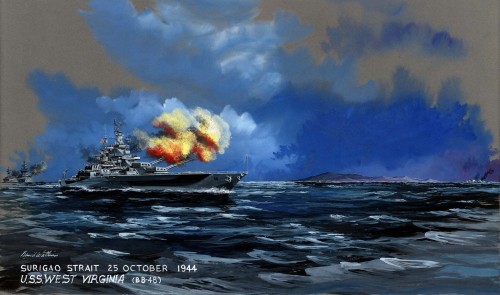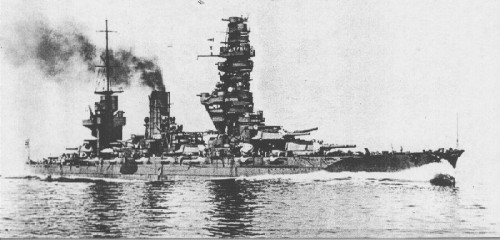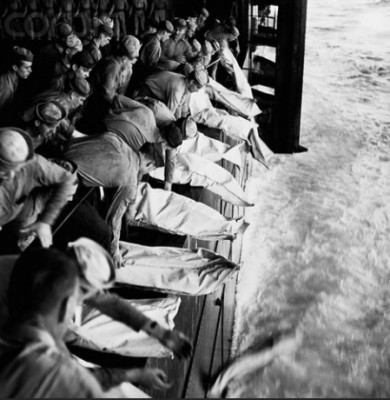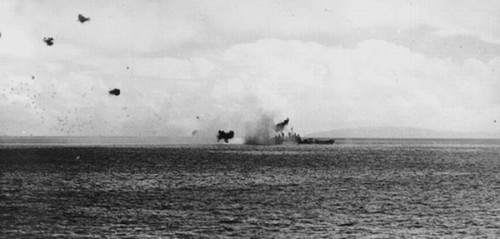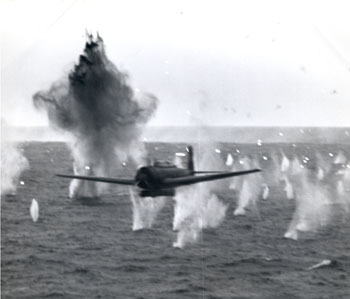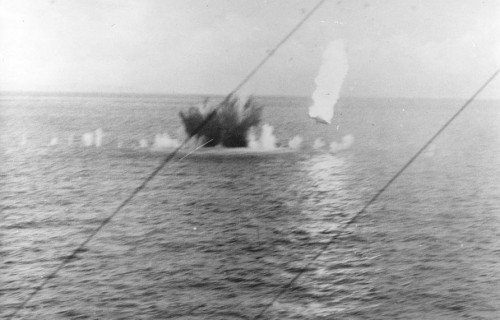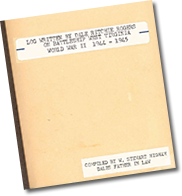FLASH—Official results of the Battle of Surigao Strait;
The Battleship West Virginia, was credited with sinking one battleship “alone and unaided”.
This ,was the firs t night engagement of fleets in history and the West Virginia was the first Battleship to sink a Battleship in World War II. The ship disappeared from the Radar screen in six minutes.
The Battle of Surigao Strait, was also the second biggest (naval) battle in modern history and the biggest in WORLD WAR II.
Our Fleet consisted of:
6 Battleships
8 Heavy Cruisers
12 Destroyers
approximately40 torpedo Boats
We lost a few Torpedo Boats ( not official yet) and had a Destroyer severely damaged.
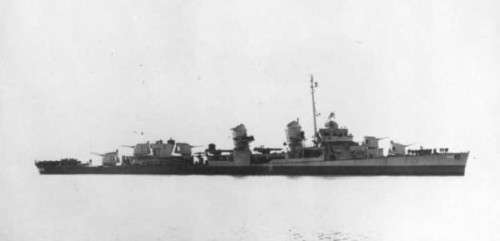
The Albert W. Grant was successfully repaired, even though it was quite severely damaged.
The Japanese Fleet consisted of:
2 Battleships
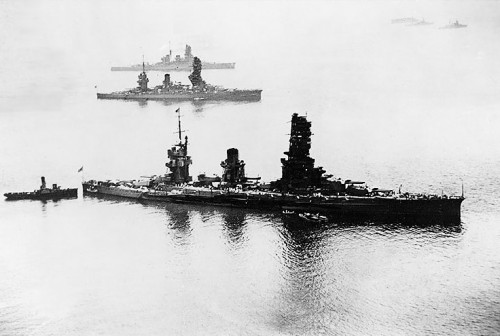
The Japanese battleship Yamashiro was destroyed during the battle.
2 Heavy Cruisers
2 Light Cruisers
10 Destroyers
The Japs definitely lost in the battle;
2 Battleships
1 Heavy Cruiser
1 Light Cruiser
6 Destroyers
Heavily damaged and probably sank later:
1 Heavy Cruiser
1 Light Cruiser
4 Destroyers
It is possible and highly probable that the entire Japanese Task Force was destroyed and sunk.
All the U.S. Battleships that took part in this engagement were presumably “Junks” and were to be used for bombardment only.
Rigged paravanes and we are headed out of Leyte Gulf.

Paravanes on USS West Virginia
Screws were inspected and their condition reported as critical. Our top speed is 17 knots. (original top,speed 21 knots) It is possible that we are headed for port to get the screw fixed.
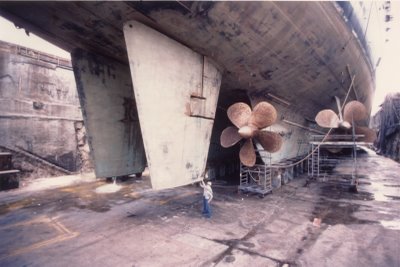
"Screws" are the naval equivalent of a propellor. The screws on a big battleship like the USS West Virginia were huge.
Nature sure is funny. When we came to the Philippines there was a big storm and now that we are leaving there is a heavy rain and blowing again. This is really a storm it is a 70 mile an hour gale. I never saw it rain so hard in my life.
They had to secure~all the gun watches except 5-inch and the l6-inch. Now it is reported that the gale is up to 80 miles an hour.
All the hatches are dogged down.
Read More



